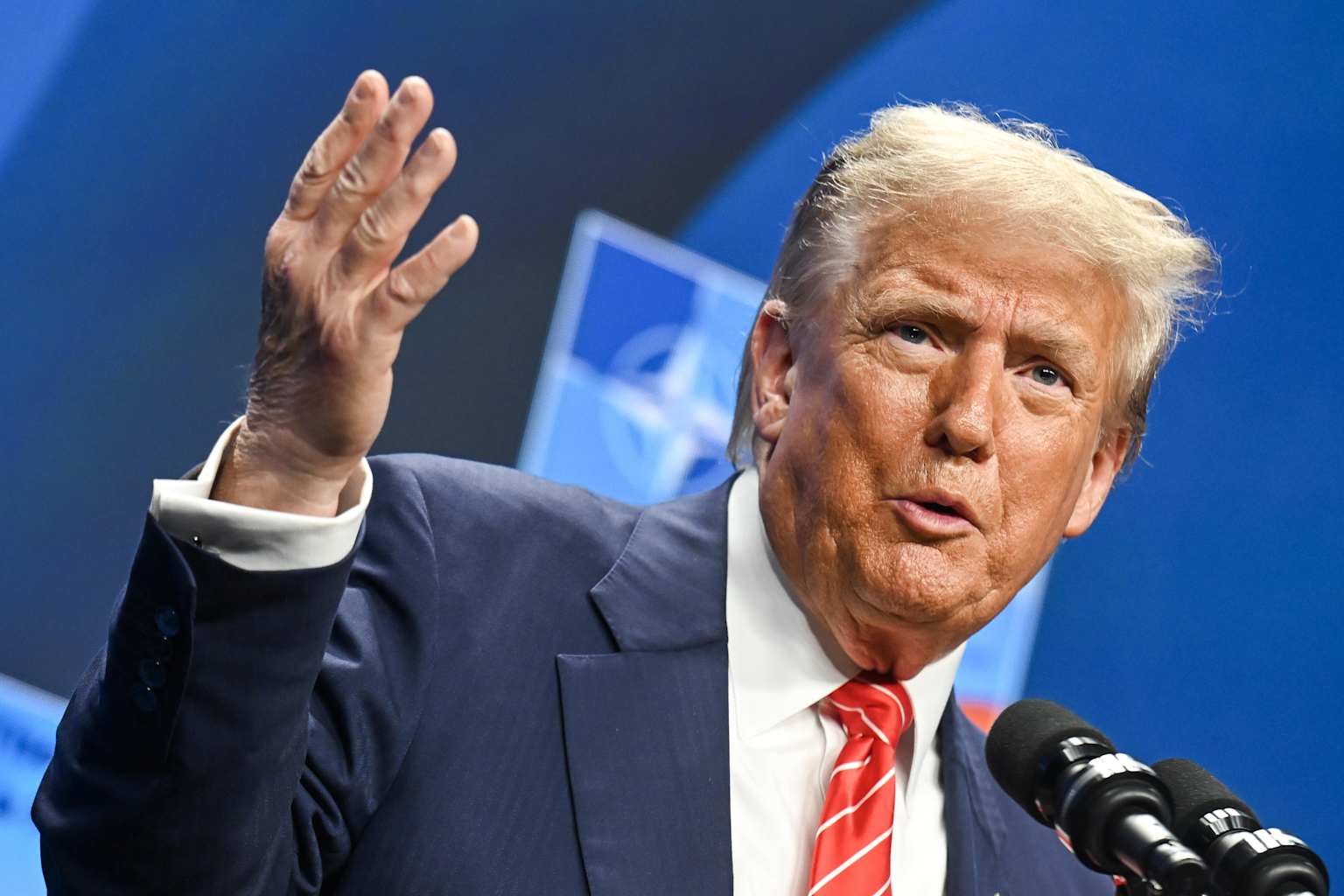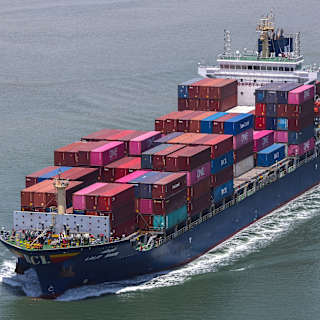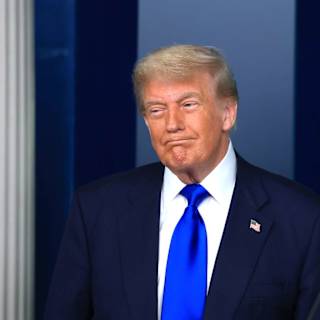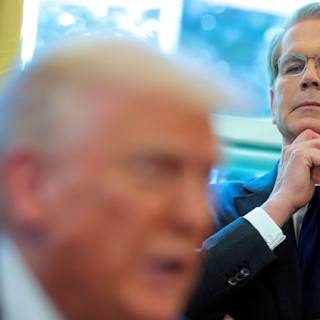- Revenue Strategy Emerges
- Market Uncertainty Persists
- Economic Impact Debate
A prominent Wall Street economist who warned earlier this year that President Donald Trump's tariffs could trigger a recession by summer has reversed course, suggesting the administration may have crafted a strategy that generates substantial revenue while appeasing trading partners.
Torsten Sløk, chief economist at Apollo Global Management, wrote in a weekend blog post that Trump's tariff approach could produce $400 billion in annual revenue for U.S. taxpayers while leaving trade partners "happy with only 10% tariffs." The analysis comes as a 90-day pause on Trump's "reciprocal tariffs" nears its end in early July, with few trade agreements reached during the reprieve.

Sløk outlined a scenario where the administration maintains 30% tariffs on China and 10% duties on all other countries, then gives nations a full year to reduce non-tariff barriers and open their economies to trade.1 This extended timeline would provide businesses and countries time to adjust to "permanently higher tariffs" while immediately reducing economic uncertainty, he wrote.2
"This would seem like a victory for the world and yet would produce $400 billion of annual revenue for US taxpayers," Sløk noted.1 "Trade partners will be happy with only 10% tariffs and US tax revenue will go up. Maybe the administration has outsmarted all of us."1
The proposal represents a stark shift from Sløk's April warnings when he predicted Trump's tariffs could unleash a recession by summer, particularly harming small businesses and potentially halting goods flows from China.3
Trump's April 2 "Liberation Day" announcement triggered a global market crash, with the S&P 500 falling nearly 5% in its second-largest daily point loss ever.1 The administration subsequently paused reciprocal tariffs above 10% for 90 days, except for China, where minimum tariff rates increased to 145%.1
White House press secretary Karoline Leavitt indicated Thursday that the July deadline could be extended, telling reporters "the deadline is not critical" and that Trump could continue selecting tariff rates "advantageous for the United States and for the American worker."2
Trump's tariff policies have generated conflicting economic projections. The Organization for Economic Co-operation and Development forecasts U.S. GDP growth will slow to 1.6% in 2025 from 2.8% last year due to rising trade costs.1 However, the Tax Foundation estimates the tariffs could raise $2.0 trillion in revenue over the next decade.2
Negotiations continue with major trading partners, with administration officials suggesting deals are near completion, though specific agreements remain largely unannounced.3


